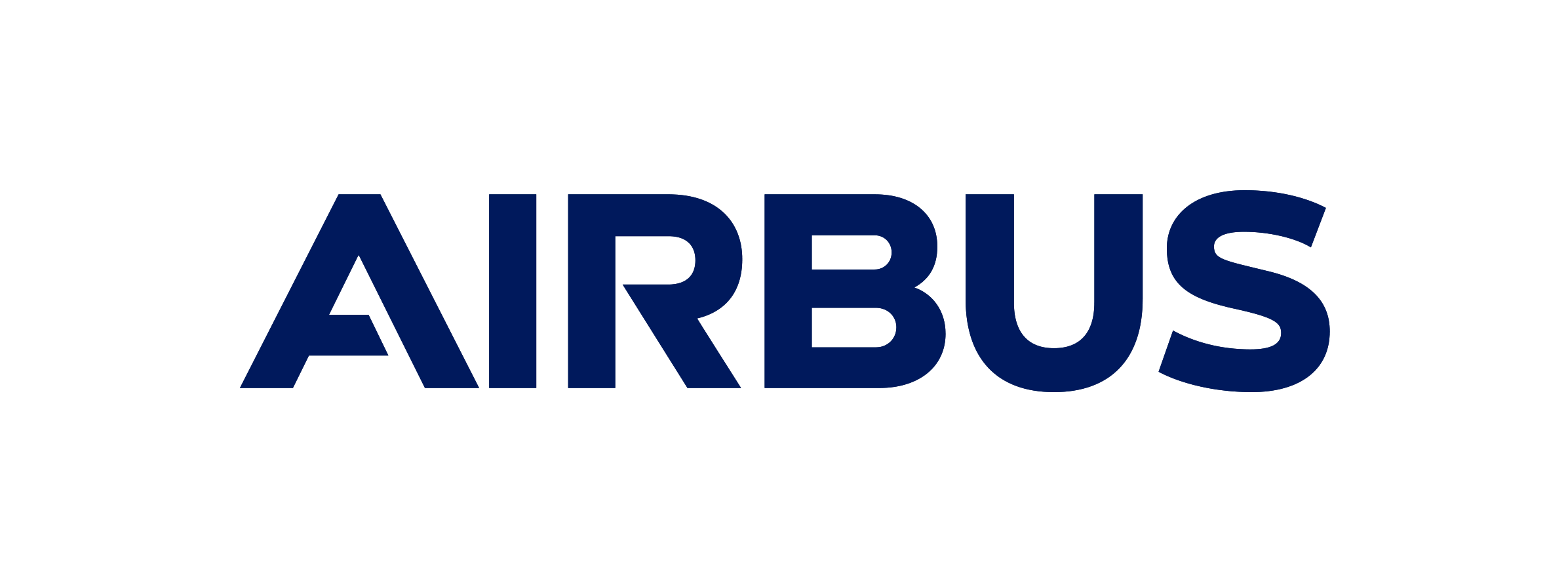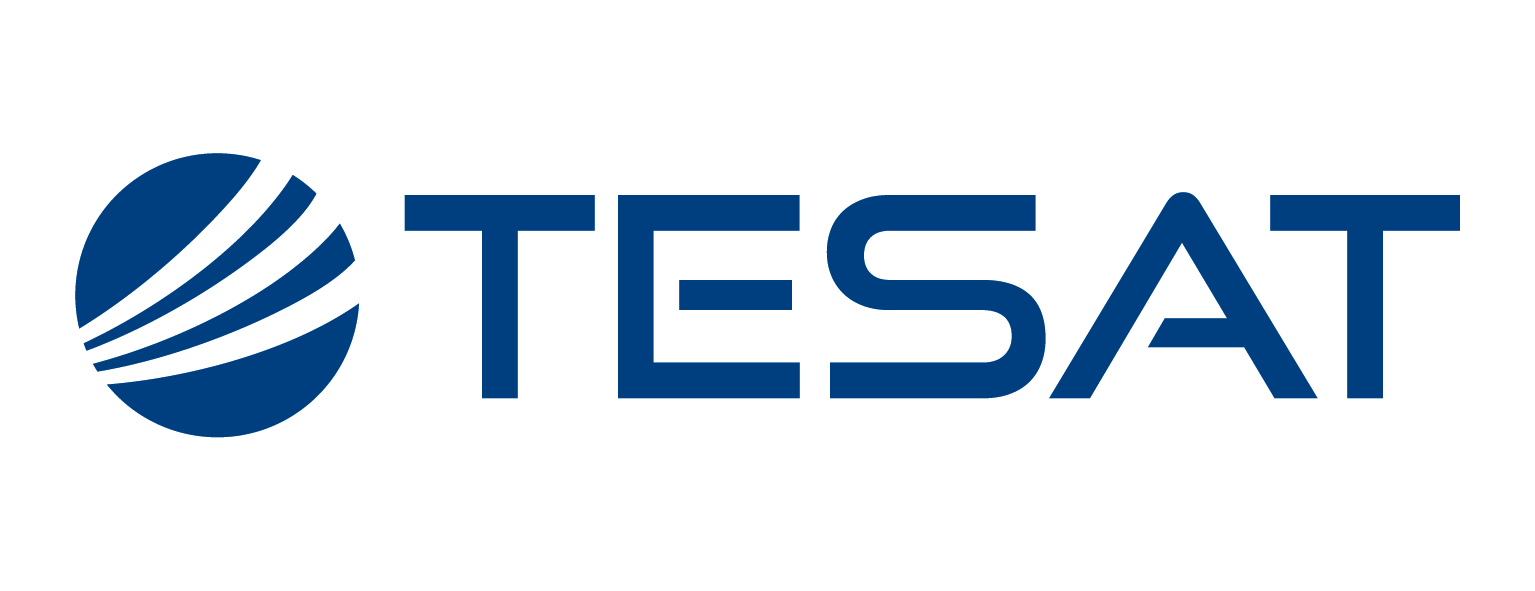-
StatusCompleted
-
Status date2024-09-30
-
Activity Code1B.078
The objective of the study is to identify areas of satellite transponder specifications pertaining to transmission performances which may be overly stringent, and which could be relaxed. Relaxation of overly tight requirements may result in significant reductions in mass, power requirements and production costs at both equipment and payload level.
The study was carried out with the same logic broadly defined in the ESA SoW, and with the same Task structure. This includes:
- The definition of a set of three Reference Scenarios (C and Ku-band FSS/BSS systems, and Ka-band multi-beam broadband).
- The definition of a set of Reference Specifications corresponding to the three Reference Scenarios representative of current Payload requirements for each of the three scenarios.
- Calculation of the metrics for the Reference Scenarios assuming the Reference specifications. These are used as a basis for assessing the benefits to be gained by relaxing selected parameters.
- The outcomes from the evaluations are validated and summarised and then presented together with the methodology and stated assumptions for discussion and evaluation by interested parties, primarily European operators.
- As a final task a road map is drawn up for each of the three scenarios – C, Ku and Ka-band.
In summary, the purpose of the study activity taken as a whole, and as stated in the ESA SoW, is to:
“…revisit in a systematic way the specifications on transmission performances of satellite transponders, to analyse the benefits of revisiting the specifications with respect to the costs of reference satellite budgets, and to promote these results for both the benefits of the European and Canadian satellite industry and oppoperators”.
The overall study logic is shown below:

For the proposed relaxation of payload equipment specifications, there are no technological challenges that need to be addressed.
Relaxation of overly tight requirement specifications for the telecom satellite payload equipment may result in significant reductions in mass, power requirements and production costs at both equipment and payload level.
In the frame of the study, the following three different system architectures have been considered for payload relaxations: - Scenario 1: VSAT service in C band - Scenario 2: DTH service in Ku band - Scenario 3: Broadband IP service in Ka band
The study addresses each Task1 to 7, and associated Sub-tasks and milestones according to the Study Logic shown in the diagram above under the project objectives.
Project completed in November 2015





